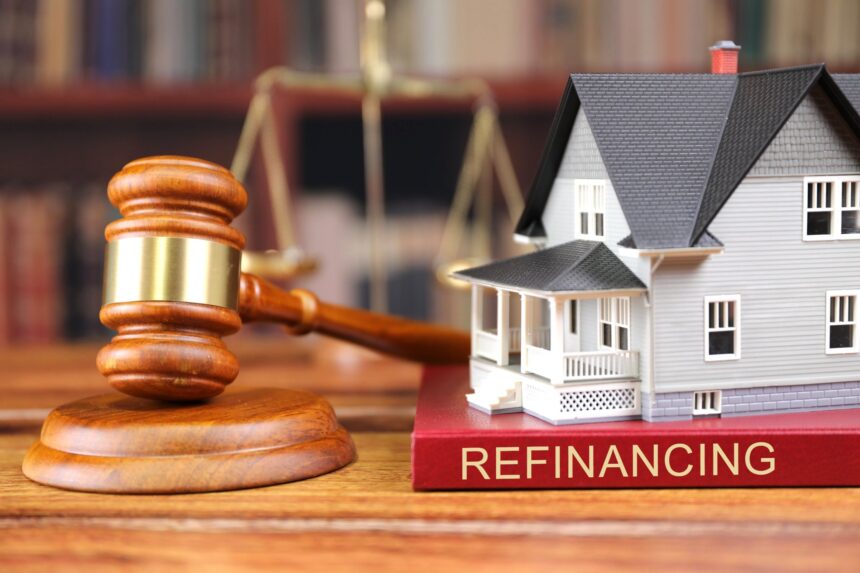Refinancing Your Loan: Exploring Your Options and Making the Right Decision
Introduction
If you have a loan with unfavorable terms, refinancing it may be a good option. Refinancing a loan can potentially help you lower your interest rate, reduce your monthly payments, or get cash out from a home equity or other loan. However, it is important to weigh the risks and potential rewards of refinancing your loan before making any decisions. In this article, we will explore the various options available when refinancing a loan and provide helpful tips on how to make the right decision.
Evaluating Your Current Loan
The first step in deciding whether to refinance your loan is to evaluate your current loan. Ask yourself the following questions:
- What interest rate am I paying? Is it higher or lower than the current market rate?
- What are the other terms of my loan (e.g. loan period, payment schedule, etc.)? Are they still beneficial to me?
- Are there any fees or costs associated with my loan that can be reduced or eliminated by refinancing?
- What types of refinancing are available to me?
Answering these questions will help you make an educated decision about whether or not refinancing your loan is a good idea.
Understanding the Different Types of Refinancing
Once you’ve evaluated your current loan, it is important to understand the different types of refinancing available. The most common types of refinancing include:
- Rate/Term Refinancing: This type of refinancing involves changing the interest rate and/or length of the loan without taking out any additional money. It is typically used to lower the interest rate or change the loan repayment terms.
- Cash-Out Refinancing: This type of refinancing involves taking out additional money from the equity in your home. It is often used to pay off high-interest debt, make home improvement projects, or raise cash for other investments.
It is important to understand the pros and cons of each refinancing option before making any decisions.
Consider the Costs and Risks
Before refinancing your loan, it is important to understand the associated costs and risks. Refinancing can potentially lower your interest rate or reduce your payments. However, it can also incur additional costs in the form of fees, closing costs, and other expenses.
In addition, refinancing your loan may also carry potential risks. For example, if you miss payments or default on the loan, you may be subject to late fees, penalties, or other repercussions. It is important to understand these risks and make sure that refinancing your loan is the right choice.
Making the Right Decision
Refinancing your loan can potentially help you save money or get the cash you need. However, it is important to do your homework and make sure it is the right choice for your financial situation. Weigh the pros and cons of the various options available, and make sure to factor in any costs and risks. With the right information, you can make a smart decision about whether or not to refinance your loan.
Conclusion
Refinancing can be a great way to lower your interest rate or get cash out from a loan. But before deciding to refinance your loan, it is important to evaluate your current loan, understand the different types of refinancing, and consider the risks and costs associated with it. With the right information and research, you can make a smart decision about whether or not to refinance your loan.

